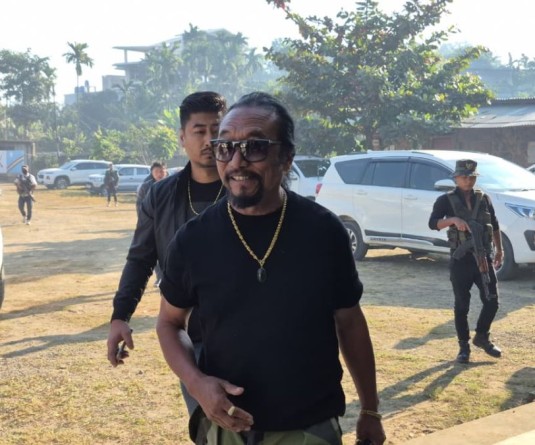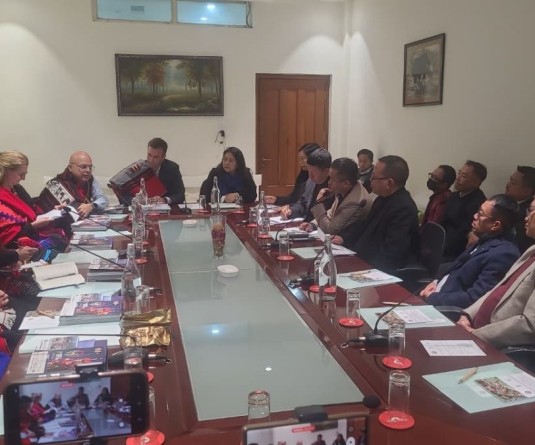
Kohima, January 8 (MExN): With its objectives to restore ecological balance by harnessing, conserving and developing degraded natural resources such as soil, vegetative cover and water, Integrated Watershed Management Programme (IWMP) was launched during 2009-10.
It is stated in the official website of the directorate of land resource, government of Nagaland, the outcomes are prevention of soil erosion, regeneration of natural vegetation, rainwater harvesting and recharging of the ground water table. This enables multi-cropping and introduction of diverse agro-based activities, which helps to provide sustainable livelihoods to the people residing in the watershed area.
IWMP is a modified programme of erstwhile Drought Prone Areas Programme (DPAP), Desert Development Programme (DDP) and Integrated Wastelands Development Programme (IWDP) of the Department of Land Resources.
This consolidation is for optimum use of resources, sustainable outcomes and integrated planning. The programme is being implemented as per Common Guidelines for Watershed Development Projects 2008.
The salient features of IWMP are:
(i) Setting up of Dedicated Institutions with multi-disciplinary experts at State level - State Level Nodal Agency (SLNA), District level - Watershed Cell cum Data Centre (WCDC), Project level - Project Implementing Agency (PIA) and Village level - Watershed Committee (WC).
(ii) Cluster Approach in selection and preparation of projects: Average size of project - about 5,000 ha.
(iii) Enhanced Cost Norms from Rs. 6000 per ha. to Rs.12,000/ha. in plains; Rs.15,000/ ha in difficult/hilly areas
(iv) Uniform Funding pattern of 90:10 between Centre & States.
(v) Release of central assistance in three installments (20%, 50% & 30%) instead of five installments.
(vi) Flexibility in the project period i.e. 4 to 7 years
(vii) Scientific planning of the projects by using IT, remote sensing techniques, GIS facilities for planning and monitoring & evaluation
(viii) Earmarking of project funds for DPR preparation (1%), Entry point activities (4%), Capacity building (5%), Monitoring (1%) and Evaluation (1%).
(ix) Introduction of new livelihood component with earmarking of project fund under Watershed Projects i.e. 9% of project fund for livelihoods for assetless people and 10% for production system & micro-enterprises
(x) Delegation of power of sanction of projects to States.






